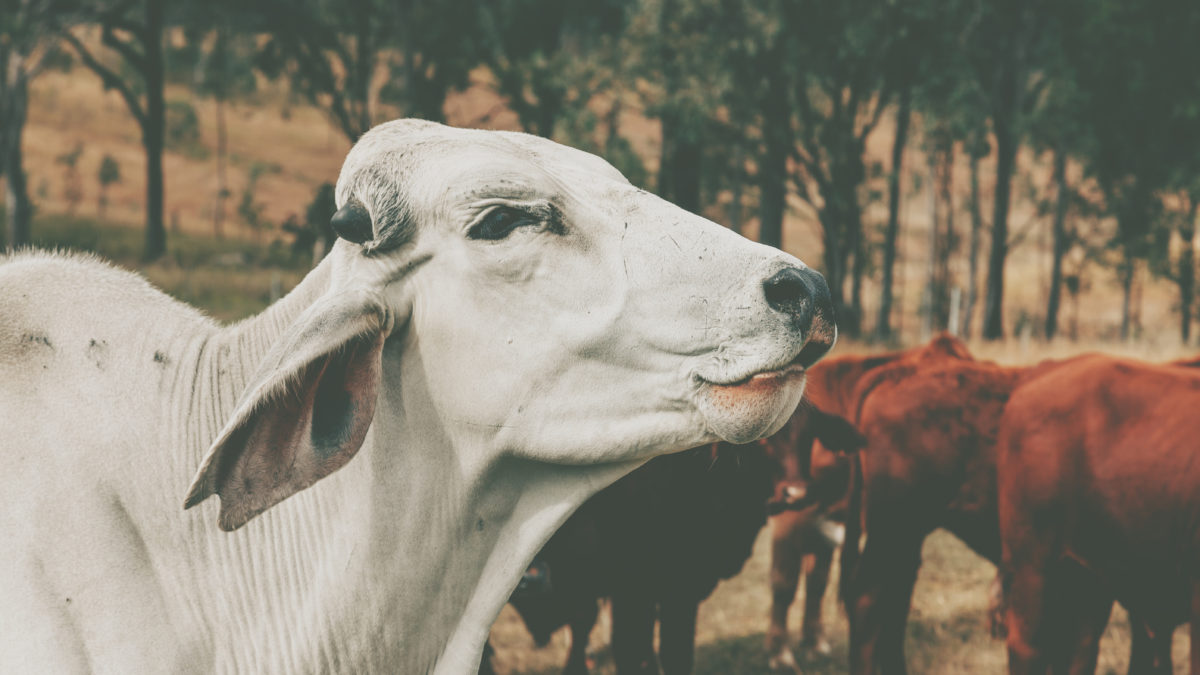How is reaching for that pint of Ben & Jerry’s
similar to reaching for life?

Using Our Brains for a Change
June 29, 2011
NLP Practitioner Training: Understanding and Working with Panic Attacks
June 29, 2011How is reaching for that pint of Ben & Jerry’s similar to reaching for life?
by Carl BuchheitWritten in 2010
Q: In your 30 years’ experience working with people, have you seen any common themes that cause people to struggle with eating properly?
Carl: Of all the things that human beings can reach for when they’re looking for something to change their state or feel better, or adjust their experience in life, food is by far the best thing to reach for. Food reliably produces chemical changes, it is legal and the effects are reversible. What I’ve noticed more and more among people who reach for food when they don’t want to, is that it’s the only good way they have of reaching for life.
Q: So how exactly is reaching for that pint of Ben & Jerry’s similar to reaching for life?
Carl: When we get cut off from something in ourselves that we instinctively know to be valuable or important for us, then we reach for life in some other way. People will reach for life in the form of money, or the experience of another person in a relationship of some kind. They’ll reach for food, they’ll reach for drugs, they’ll reach for alcohol. They’ll reach for all kinds of things when they can’t, or for some reason won’t, reach for life itself.
Food is an excellent way to reach for life when we’re not reaching some other way. So it’s part of a high level belief structure about food that arches over the day to day context of our lives. Down at the nitty gritty level where you’re eyeball-to-eyeball with a container of Ben & Jerry‘s at 1:30 in the morning, there’s something else in play... our creature’s nervous system trying to find the best offer it can for itself in that moment.
Q: So there I am, eyeball-to-eyeball with the pint of Ben & Jerry’s. Is there anything useful that I could be thinking or doing to avoid gorging on the ice cream that sits before me?
Carl: Thinking about it almost never helps. In fact, once we’re thinking about it then we might as well just go get the container of ice cream, pull the lid off and throw that lid away – you will not need that lid again. So we don’t want to be thinking about it. We want to have something that automatically happens for us which means a revision of patterning for behavior, for safety, for comfort, for security.
This is an example of when we are in conflict with ourselves –one part of us wants to eat that ice cream (the part that walked you over to the fridge) and another part really wants to not eat the ice cream. So, if one part of us wins in the conflict, then who is it exactly that wins?
Whenever we eat something that we don’t want, it’s never a complete loss because obviously some part of us wants to eat it, otherwise we wouldn’t be doing that. So it makes working with it a little bit complicated and, at the same time, it can be made more straightforward. If we have a better relationship with the “I” who would like to eat properly, then it’s easier to do what we want.
Q: What’s the ideal relationship one should have with food?
Carl: People frequently come into my office and say, “I want to change my relationship with food.” This is really common parlance. It’s not that it’s inaccurate or not useful, but I almost always seek to refine the wording so that it’s not about relationship. What they need to be able to do is eat properly and not have a relationship with their food. They should just have food choices so that they can eat and enjoy eating rather than having to revise a relationship with food. If they want a relationship with their food, then they should probably do relationship counseling and not counseling about eating.
Q: Some people eats very sensibly and always knows when to stop. They never say, “I ate too much.” What’s going on for them?
Carl: The odds are extremely high that they’re basing their food choices and their portion choices on how their body feels rather than on the emotional content of their previous or upcoming life experience. The people who eat naturally and stay slender usually have a way of selecting food by checking whether eating this much of this kind of food is going to feel as good in their body two hours from now it feels right now, not having eaten the food yet.
Q: So they are able to make smart eating choices based on how their body feels?
Carl: They look at the food and say, “Huh, if I eat this food, how will I be in two hours? Will I feel worse or better than I feel now?” If the answer is, “I’ll feel as good or better than I feel now,” then they go ahead and eat the food. And if they’re not going to feel better in 2 hours, then they don’t eat the food. Connirae Andreas calls this the Naturally Slender Eating Strategy.
Now how do they do that? It’s simple. It’s like asking someone, “Would you rather have someone snap you in the arm with a rubber band, or would you rather have them not do that?” It’s not a dilemma. It’s an easy choice. Would I rather feel really bad in a little while or would I rather feel good in a little while? That choice only happens when we don’t have to process the emotional content of our lives in order to get a forkful of something for nutritional and enjoyment purposes.
Q: Do people learn the Naturally Slender Eating Strategy or are they just wired that way?
Carl: Some people are just wired that way. They just do that naturally and spontaneously. It wouldn’t occur to them to do anything else. If you said to one of these people, “Okay, before you order your food, would you please take a moment and review the worst moments of 7th Grade, relive them as realistically as possible, call forth all of that old pain and self doubt and once it’s maximally there, would you please place an order for something that seems to have an equal amount of significance, and eat it all as fast as you can.” (Which is how most of us choose food most of the time.) If we tried to teach them to use that 7th Grade technique, they would think it was funny and stupid. Why would anyone want to do that?
Q: Is the Naturally Slender Eating Strategy something that can be taught to others?
Carl: Yes, there are ways of training our nervous system, our reptile/mammal neurology – especially the part that overlaps with our human 7th Grade neurology – to simply move toward better body feelings and make that the main criterion. It’s easy to learn, and it’s not learned by reading about it. It’s actually learned by evoking and using the internal sense of body sensation, body well being, pictures and sounds. There are ways of learning that and having one “install” it in oneself so that we actually acquire it. Then it just runs automatically.




